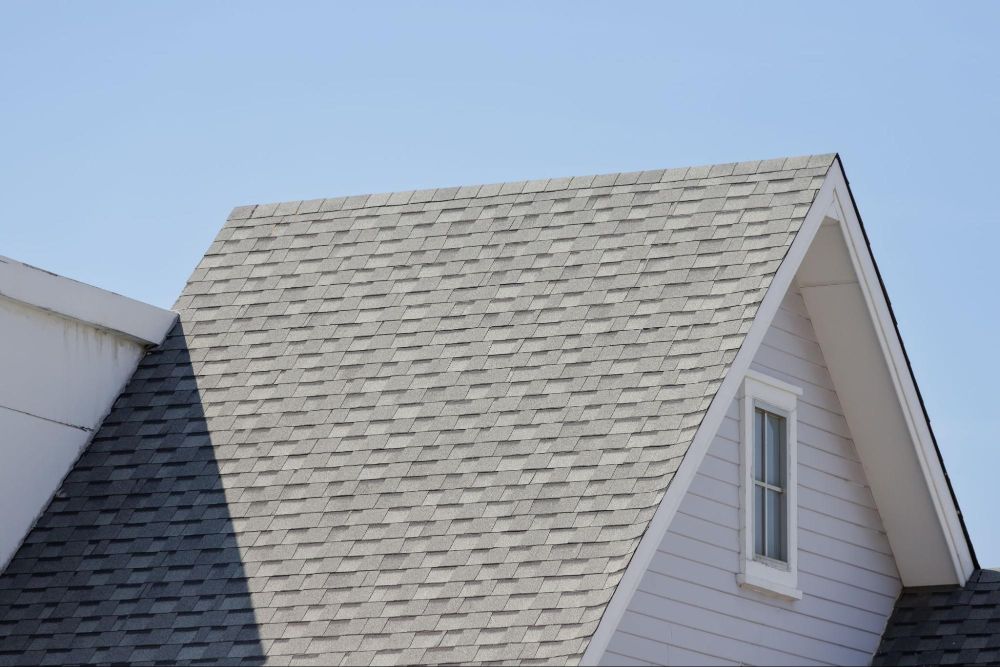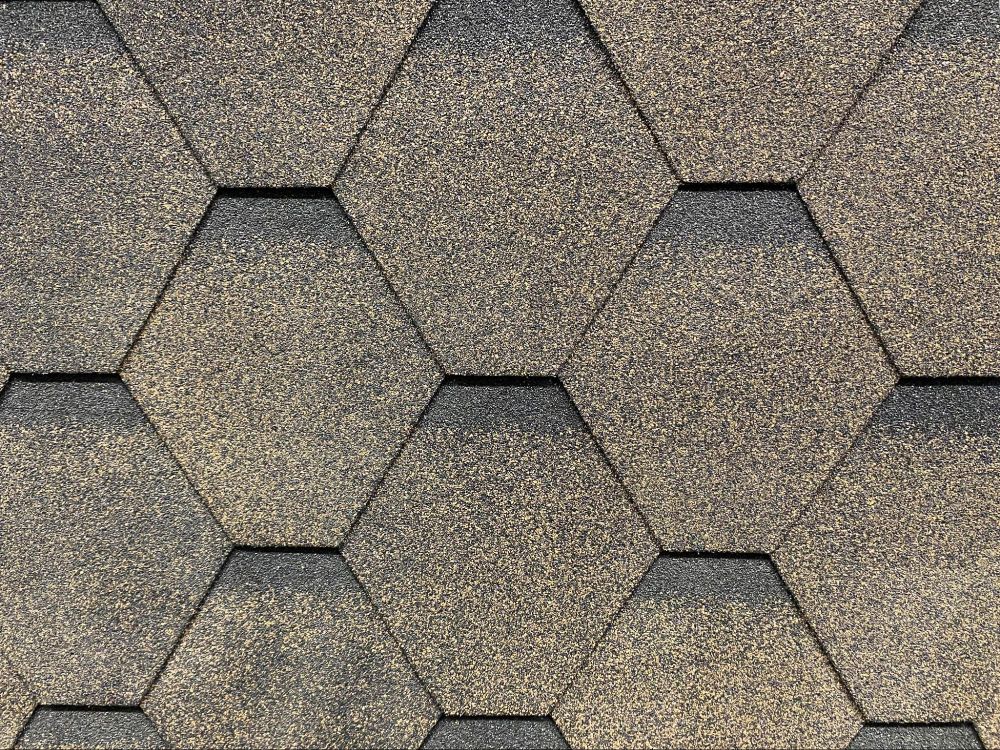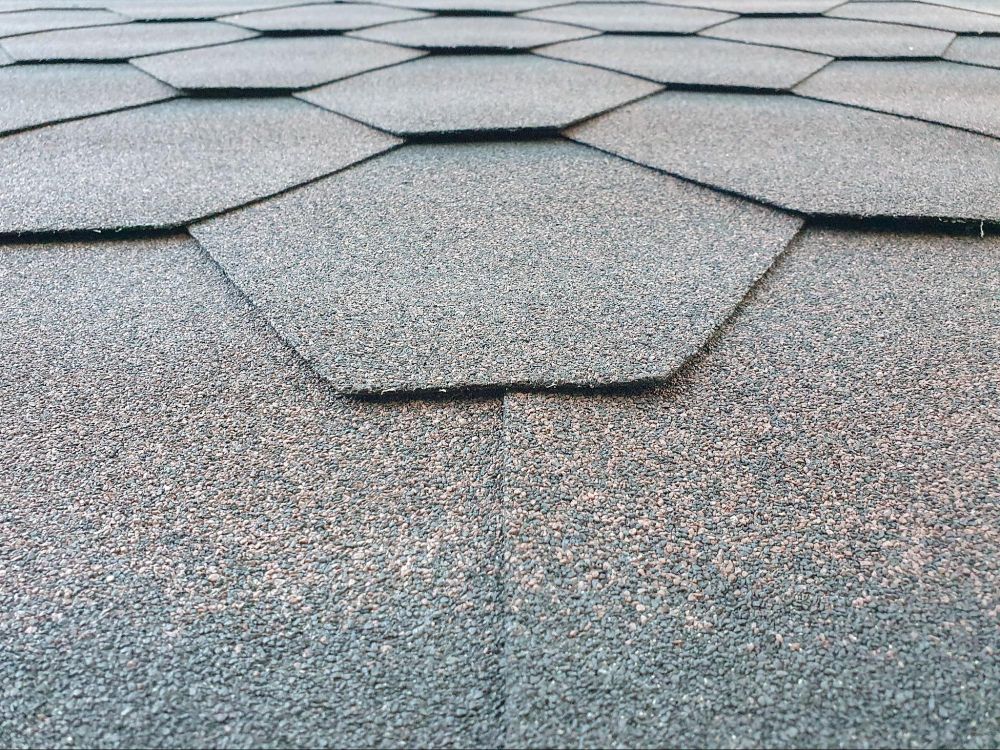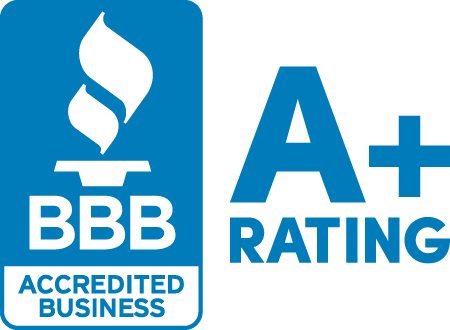A Helpful Guide to Roof Shingle Patterns
Roof shingles play a huge role in defining the look, character, and curb appeal of your home. While the material of your shingles is important, the pattern you choose can dramatically influence your roof’s personality and overall architectural style. From classic three-tab designs to bold geometric layouts, today’s shingle patterns offer endless opportunities for creativity.
This guide explores the most popular roof shingle patterns, how they enhance your home’s appearance, and what to consider when selecting the right pattern especially for Michigan homeowners.
Understanding Roof Shingles
Shingles are the protective outer layer of your roof, designed to shield your home from rain, wind, UV rays, and extreme weather. Common materials include:
- Asphalt
- Wood
- Metal
- Slate
- Clay or concrete tiles
When choosing shingles, consider:
- Durability
- Budget
- Maintenance requirements
- Climate suitability (important for Michigan winters)
- Aesthetic preference
Why Shingle Patterns Matter
Shingle patterns do much more than cover your home—they define your roof’s character. The right pattern can:
- Elevate your home’s curb appeal
- Complement or modernize your architectural style
- Add depth and dimension to your roof
- Improve property value
- Influence energy efficiency
Modern shingle designs allow homeowners to customize their roofs like never before.
Popular Roof Shingle Patterns
1. Traditional Three-Tab Pattern
The three-tab design is one of the most classic and universally used shingle patterns. Made of evenly cut rectangular shingles with three distinct tabs, this pattern offers:
Benefits:
- Clean, uniform appearance
- Works well with traditional architectural styles
- Affordable and widely available
Considerations:
- Offers less depth and texture compared to architectural shingles


2. Architectural or Laminated Shingle Pattern
Architectural shingles sometimes called dimensional or laminated shingles are thicker, layered shingles designed to mimic natural materials such as wood shake or slate.
Benefits:
- Superior durability compared to three-tab
- Rich, dimensional appearance
- Excellent for modern, craftsman, or upscale home styles
- Better wind and weather resistance
3. Diamond or Rhomboid Pattern
This historic-inspired pattern arranges shingles diagonally to create a diamond shape.
Benefits:
- Eye-catching and decorative
- Excellent for Victorian, Gothic, or historic homes
- Adds elegance and unique charm
Considerations:
- Best suited for homeowners seeking a heritage aesthetic


4. Fish Scale Pattern
With rounded edges that resemble fish scales, this pattern adds a whimsical and textured look to the roof.
Benefits:
- Perfect for Tudor, Queen Anne, or cottage-style homes
- Adds artistic detail and character
- Creates a standout architectural feature
Considerations:
- Often used on accent sections (turrets, gables)
5. Hexagonal or Honeycomb Pattern
This bold geometric design creates a honeycomb effect that works particularly well on modern homes.
Benefits:
- Distinctive, contemporary aesthetic
- Highly customizable
- Adds significant visual interest and depth
Considerations:
- Ideal for homeowners wanting a modern or standout look

Choosing the Right Shingle Pattern for Your Home
Selecting the perfect shingle pattern requires balancing personal preference, home style, and practical considerations.
1. Match Your Architectural Style
- Traditional homes → three-tab or architectural patterns
- Historical homes → diamond or fish scale designs
- Modern homes → hexagonal or architectural styles
2. Consider Neighborhood Aesthetics
Your roof should enhance your home while fitting harmoniously into the surrounding neighborhood.
3. Reflect Personal Style
Do you want your roof to blend in… or make a statement? Shingle patterns can be subtle or bold.
4. Consult a Roofing Professional
Roofing experts can recommend patterns that complement your home, climate, and budget.
5. Use Visualization Tools
Digital tools allow you to preview shingle patterns on your home before committing.
Installation & Maintenance Tips
Proper installation and consistent maintenance are key to maximizing the lifespan of your chosen shingle pattern.
Hire a Professional Roofing Contractor
Shingle patterns especially decorative ones must be installed precisely to maintain proper alignment and protection
Ensure Correct Installation Techniques
This includes:
- Proper nailing
- Weatherproofing
- Flashing installation
- Secure sealing
Schedule Regular Roof Inspections
Routine maintenance helps identify loose shingles, ventilation problems, or structural issues early.
Promptly Repair Damage
Addressing damaged or missing shingles right away prevents leaks and deterioration.
Additional Design Considerations
Color Selection
Choose colors that:
- Complement your home exterior
- Match your architectural style
- Reduce heat absorption if needed
- Align with neighborhood design standards
Roof Slope
Some shingle patterns appear more prominent on steep roofs, while others suit low-slope homes.
Proper Ventilation
Adequate ventilation prevents premature shingle aging, mold, and heat buildup.
Conclusion
Roof shingle patterns play a significant role in your home’s beauty, style, and overall impression. By understanding the various pattern options and considering factors like architecture, climate, color, and installation quality, you can choose a shingle pattern that enhances curb appeal and provides long-lasting protection.
Whether you prefer a classic design or something more distinctive, CS Roofing Company can help you select and install the perfect shingle pattern for your Michigan home.
Ready for a roof you can trust?
Call us today for getting started! 1‑855‑FIX‑ROOF (1‑855‑349‑7663)
Tags:




